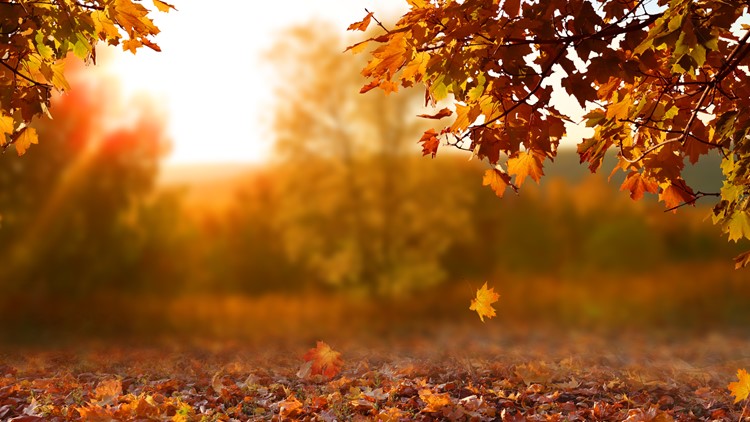The Arrival of Fall: A Guide to the Autumn Equinox
As the leaves start to change color and the air becomes crisper, it’s official – fall is here! The autumn equinox marks the transition of seasons, bringing with it a sense of change and renewal.

Although the temperatures may not have caught up just yet, the autumn equinox has arrived. This year, it falls on Sunday, Sept. 22 at 8:44 a.m. Eastern time. The equinox is an astronomical event that marks the official start of fall for the Northern Hemisphere, as noted by The Farmers’ Almanac.
But for meteorologists, fall has already begun. Unlike astronomical seasons, which are based on the Earth’s position relative to the sun, meteorological seasons are determined by temperature cycles. Fall officially starts on the first day of September, making it feel like fall long before the equinox.
When is the first day of fall?
In the Northern Hemisphere, the first day of fall will fall on Sunday, Sept. 22, 2024. This date marks the beginning of a new season filled with changing leaves and pumpkin spice everything.
What’s the difference between meteorological and astronomical seasons?
Meteorological seasons are defined by weather patterns, breaking down the year into four three-month segments based on temperature cycles. Spring starts on March 1, summer on June 1, fall on Sept. 1, and winter on Dec. 1. On the other hand, astronomical seasons are determined by the position of the Earth in relation to the sun, marking solstices and equinoxes.
What is the equinox?
During the equinox, the Earth’s axis aligns with its orbit, ensuring that both hemispheres receive an equal amount of sunlight. This event marks the halfway point between the longest and shortest days of the year and signifies the start of fall in the Northern Hemisphere.
The word “equinox” comes from Latin words meaning “equal” and “night,” indicating that day and night are almost equal in length during this time. The fall equinox typically falls between Sept. 21 and 24, ushering in a season of changing colors and cooler temperatures.
What is the solstice?
Solstices mark the times when the Earth is most tilted towards or away from the sun, leading to the longest and shortest days of the year. The summer solstice, between June 20 and 22, features the longest day and shortest night, while the winter solstice, between Dec. 20 and 23, has the shortest day and longest night.
When does winter start in 2024?
Winter officially begins in the Northern Hemisphere with the winter solstice on Dec. 21. As the days grow shorter and the nights longer, the solstice marks the turning point towards colder temperatures and snowy landscapes.
Embrace the changing seasons and all that fall has to offer as we celebrate the arrival of a new chapter in the natural world. Happy autumn!




